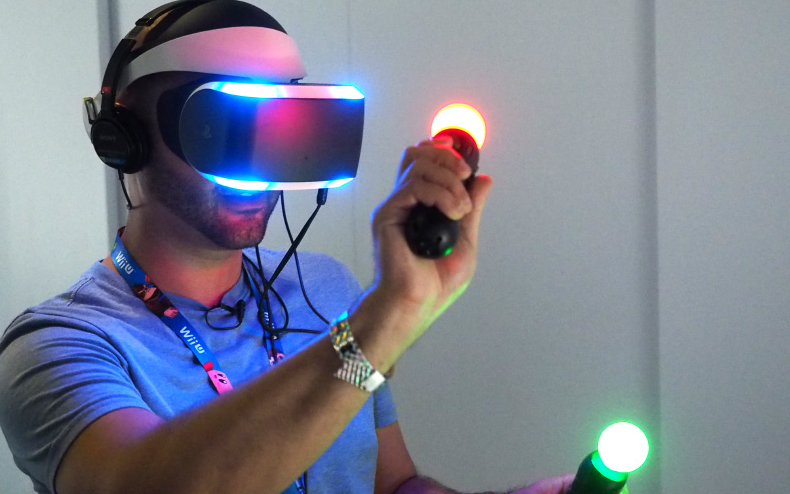- April 6, 2017
- Posted by: Sharlene Stevens
- Category: International, VR Technology

Virtual reality (VR) is a technology that plunges a person into a digitally created artificial world. It should not be confused with augmented reality.
It can be a reproduction of the real world or an entirely imaginary universe. The experience is both visual, auditory and, in some cases, haptic with the production of a return of effects. When the person is equipped with the appropriate interfaces, such as gloves or clothes, they can experience certain sensations related to the touch or certain actions (blow, impact …).
Virtual reality headsets
This immersion is done using a virtual reality helmet that places a stereoscopic 3D display system on the nose, in front of the eyes.
Some models are equipped with sensors that detect the movements of the head to allow the user to look around. The images are then recalculated in real time to synchronize with the direction of the glance.
Virtual Reality Rooms
There are also virtual reality rooms in which images are projected onto the walls, floor, and ceiling with a motion capture system that adjusts the perspective according to the movements.
Virtual reality and its applications: video games, simulators.
The virtual reality for the general public has grown from 2015 with the arrival of more efficient and affordable helmets. Google played the map of democratization by proposing a cardboard model called Cardboard that is used with a smartphone as a display system.
Several manufacturers including Samsung (Gear VR), HTC (HTC Vive), Sony (PlayStation VR) and Oculus (Oculus Rift) have released headphones with motion sensors mainly for video games and recreational applications. More expensive, they are connected to a computer or a game console.
Virtual reality also has many other applications: training with simulators, treatment of phobias, simulation of surgical procedures, architecture, archeology with the reconstruction of sites, virtual visits of museums, etc.
